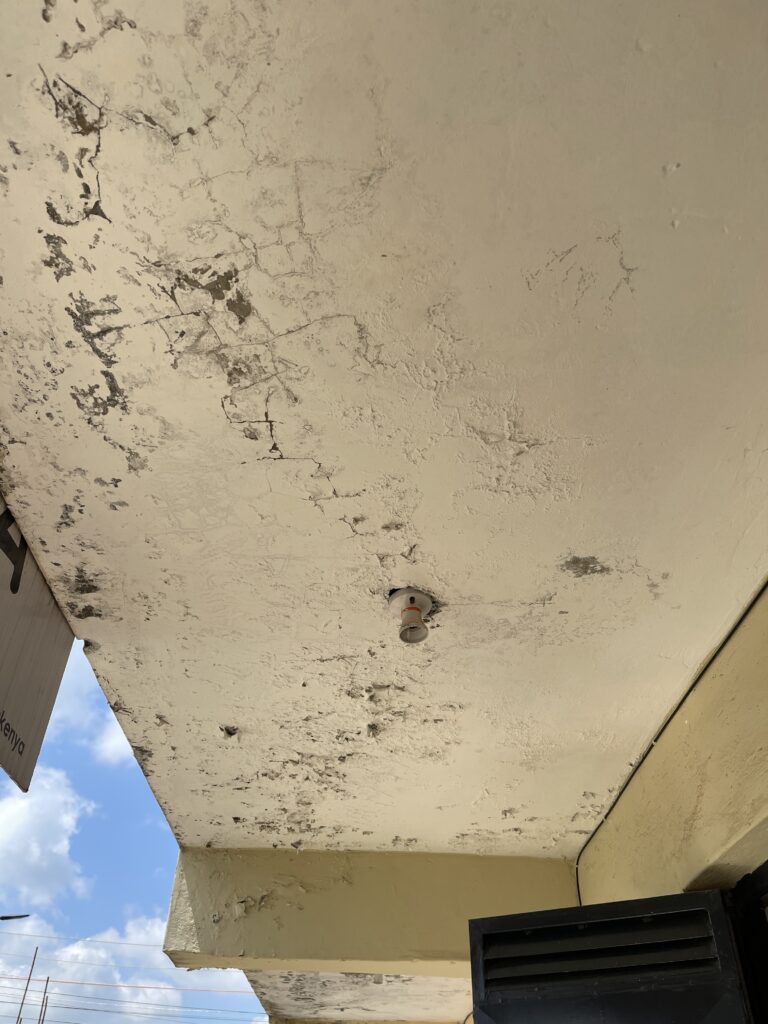Introduction
Peeling paint is one of the most common paint problems faced by homeowners and contractors in Kenya. It not only ruins the appearance of walls but also exposes surfaces to moisture, leading to further damage. The good news is peeling is preventable if you know what causes it and how to prepare your surfaces properly.
In this article, we’ll explore why paint peels off, how bad skimming filler plays a major role, and what you can do to ensure a long-lasting finish for your walls.

Common Causes of Peeling Paint
1. Poor Surface Preparation
Painting over dirty, dusty, or greasy walls prevents paint from bonding well. Always clean and dry the surface before painting.
2. Moisture Issues
In Kenya’s humid and rainy regions, trapped moisture beneath the paint film leads to bubbling and peeling. Leaky pipes, rising damp, or unsealed surfaces are common culprits.
3. Low-Quality or Incompatible Skimming Filler
This is one of the most overlooked reasons for peeling paint. A poor-quality skimming filler may not adhere properly to the wall or may absorb moisture, causing the paint layer on top to lose adhesion and peel off over time.
Example: If a substandard filler is used without proper curing, it can crack, flake, or react with the paint, especially on exterior or damp-prone walls.
4. Painting on Wet or Uncured Surfaces
Applying paint before plaster, skimming filler, or primer has fully dried traps moisture underneath, weakening the bond.
5. Using the Wrong Paint or Primer
For example, applying interior emulsion on exterior walls or skipping a primer when one is needed.
How to Prevent Peeling Paint
1. Invest in Quality Skimming Filler
Use a high-quality filler designed for your wall type (cement-based for exteriors, fine polymer-based for interiors). Products like Proffex Premium Filler ensure better adhesion and smooth finishes.
2. Proper Surface Preparation
- Clean the surface thoroughly
- Remove dust, grease, and loose particles
- Repair cracks and holes before painting
3. Use the Right Primer/Undercoat
Always apply a compatible primer, especially on new walls, fresh plaster, or areas prone to moisture.
4. Allow Surfaces to Dry Completely
After skimming or plastering, allow adequate curing time before applying paint — usually 7–14 days depending on the material.
5. Choose the Right Paint for the Right Place
- Exterior: Weather-resistant paints (e.g., Crown Weather Guard, Duracoat Silicone, Proffex Tough Rock)
- Interior: Silk or matt emulsions (e.g., Proffex Silk Vinyl, Crown Vinyl Matt)
6. Control Moisture Problems
Fix leaks, seal damp walls, and improve ventilation where necessary.
Conclusion
Peeling paint is not just a cosmetic issue, it’s a sign that your surface preparation or materials failed somewhere. One major factor is often poor-quality skimming filler, which compromises paint adhesion from the start.
By using trusted fillers, applying the correct undercoat, and choosing the right paint for your wall type, you can achieve a smooth, durable, and beautiful finish that lasts for years.
At Paint Pros Africa, we guide you in selecting the right materials and processes for a flawless paint job.
📞 Contact us at www.paintprosafrica.com
